Visit two pearls of Kyrgyzstan in 1 day on a car tour
- Duration: 1 days.
- Price: from 300$ 250$ for group
- Group size: Small group tour
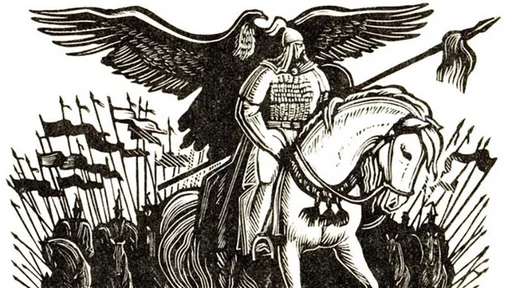
"Manas" is the largest heroic epic in the history of world folklore. It has a legendary character, combining historical reality and myths, and is the most famous literary work in the Kyrgyz language. The epic consists of three parts (cycles), telling the story of three generations of heroes: the feats of Manas himself, the deeds of his son Semetey, and his grandson Seytek. In terms of volume, "Manas" has no equal - in one of the recorded versions, it contains more than 500,000 lines of verse, thanks to which the epic was included by UNESCO in the list of masterpieces of the Oral and Intangible Heritage of Humanity, as well as entered into the Guinness Book of Records as the largest epic in the world. It is no coincidence that the outstanding writer Chingiz Aitmatov called "Manas" "the shining peak of the ancient Kyrgyz spirit," and as early as 1856, the scholar Chokan Valikhanov compared it to the "steppe Iliad." The epic "Manas" is rightfully considered a national pride of the Kyrgyz people and the core of their cultural identity - streets, institutions, and even the airport in Kyrgyzstan bear the names of the heroes of the epic. In 1995, the country grandly celebrated the 1000th anniversary of the epic, underlining the significance of this great tale for the historical memory and unity of the people.
The first part - "Manas". According to legend, after the death of Khan Nogoy, the old enemies of the Kyrgyz - the Chinese troops (Kytai) and the Oirats (Kalmyks) - seized the Kyrgyz homeland in the Ala-Too mountains (Tian Shan) and drove the Kyrgyz into exile. For a time, the Kyrgyz lived in the Altai, where a wealthy childless bai named Jakyp finally had a long-awaited son - the future hero Manas. From an early age, Manas demonstrated extraordinary strength, courage, and generosity, becoming famous throughout Altai. Hearing of the young hero, the Chinese emperor (according to other versions, the local Kalmyk Khan Esen) decided to destroy Manas and sent an army, but Manas defeated the enemy detachment. Uniting the scattered Kyrgyz tribes and enlisting the support of neighboring peoples, Manas led the liberation struggle. He achieved brilliant victories over the armies of hostile rulers - the epic mentions Manas’s victories over the Chinese hero Neskara, over the army of the Uyghur ruler, and others, while many former enemies joined Manas, recognizing his authority. The people proclaimed Manas as khan for his merits. On the advice of his loyal comrade Kosoy, Manas decided to return the Kyrgyz their ancestral lands in the Ala-Too mountains. He gathered a large army, defeated the invaders, and led his people from Altai back to their homeland. Becoming ruler, Manas placed his headquarters in the Talas Valley - according to legend, the center of the united state he created. To strengthen alliances with conquered rulers, Manas married their daughters (the epic mentions the beauties Karabyurk and Akylai), and his main wife and adviser became the wise Kanykei. Under Manas’s rule, the Kyrgyz finally found unity and a peaceful life. But after several years, a treacherous enemy again disturbed the peace: Khan Konurbai, harboring resentment for past defeats, raised a new army against Manas. In the "great campaign" against the enemy, Manas and his forty companions (kyrk choro) struck the enemy on their own territory. The Kyrgyz army captured the enemy capital Beijing (Beijin) and forced the enemy to ask for peace. However, Konurbai did not relent and resorted to treachery: secretly entering the Kyrgyz camp, he struck Manas a fatal blow with a spear in the back during prayer. Gravely wounded, Manas returned to Talas, where he soon died from his wound. His wife Kanykei buried the great hero, secretly building a mausoleum (gumbez) over his grave. This tragic event concludes the first part of the epic - the death of Manas shows the high price of freedom and prepares the ground for the continuation of the legend in the next generations.
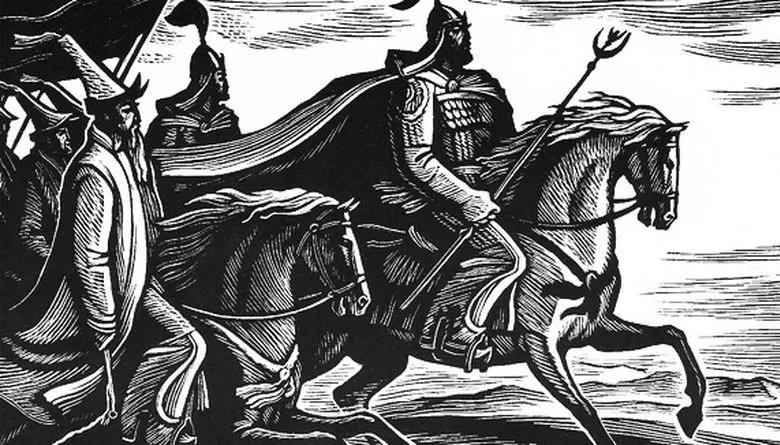
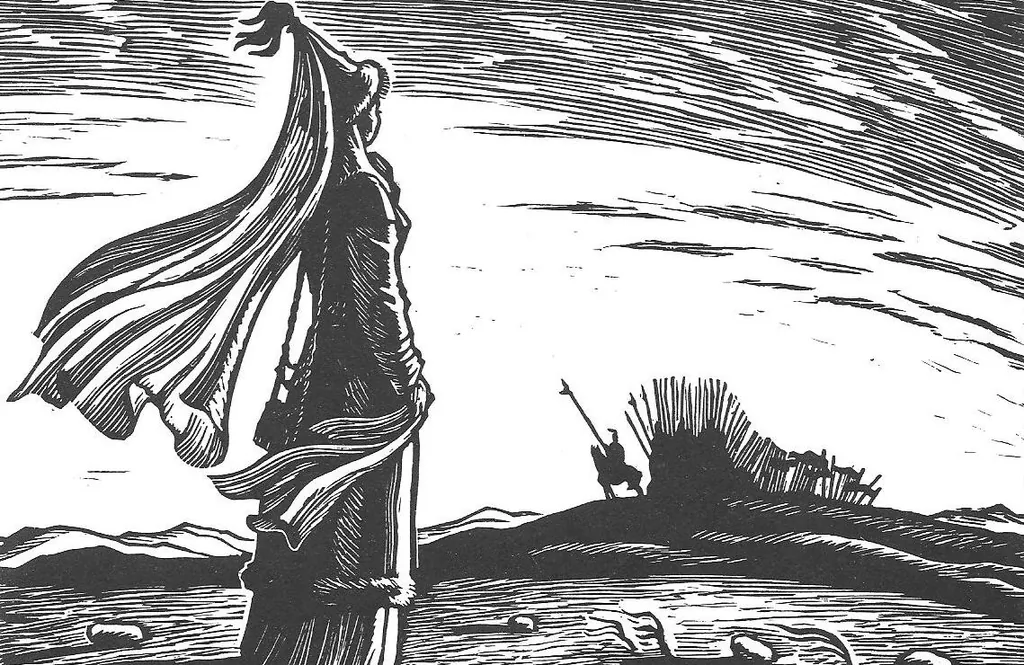
The second part - "Semetey". After Manas’s death, his loyal wife Kanykei saved their newborn son Semetey from court intrigues (Manas’s half-brothers tried to kill the baby) and took the child far from Talas to her relatives. Semetey grew up in foreign lands, unaware of his heroic lineage. Only in his youth did he learn the truth, and then the heir of Manas made a fateful decision - to return to his homeland and avenge his father’s death. The young hero secretly returned to Talas, where Manas’s headquarters had been, and raised his weapon against old enemies - the Kyzkoman (relatives of Manas who betrayed him). Semetey defeated the hated Abyke and Kyobyosh (Manas’s half-brothers) and punished other conspirators involved in his father’s death. He also fought against the external enemies of the Kyrgyz: the epic tells how Semetey performed feats with his loyal friends and in single combat killed the evil Khan Konurbai, finally avenging Manas. It seemed the country was freed from external threat, but the young khan was betrayed by his own ally. The envious commander Kanchoro betrayed Semetey and conspired with his enemies. As a result of this treacherous plot, Semetey was fatally wounded and mysteriously disappeared - the people believe that the great batyr did not die but ascended to the heavens (thus giving rise to the hope of his return). Semetey’s wife Aichurek remained in the hands of the enemies, awaiting the birth of their son, while the traitor Kanchoro seized power. On this dramatic note, the second part of the epic ends.
The third part - "Seytek". The central event of the concluding part of the epic is the fate of Semetey’s son, the young hero named Seytek. He was born after his father’s disappearance and grew up an orphan among enemies, unaware of his true heritage. Despite the hostile environment, Seytek from childhood showed bravery and nobility, and as he grew older, he learned the secret of his lineage. When the truth was revealed, the young hero raised the banner of Manas: he escaped from the enemy camp, gathered loyal people, and began the fight against those who destroyed his family and enslaved the people. Seytek expelled the internal enemies, restored justice, and returned Semetey (his father) to his people. In the finale of the epic, the descendants of Manas achieved the main goal of their ancestors - the unification of all Kyrgyz and the establishment of peaceful life in their homeland. Thus, through the figures of Semetey and Seytek, the people preserved the legend of Manas, glorifying the heroism of his descendants and the Kyrgyz’s unwavering aspiration for freedom and unity.
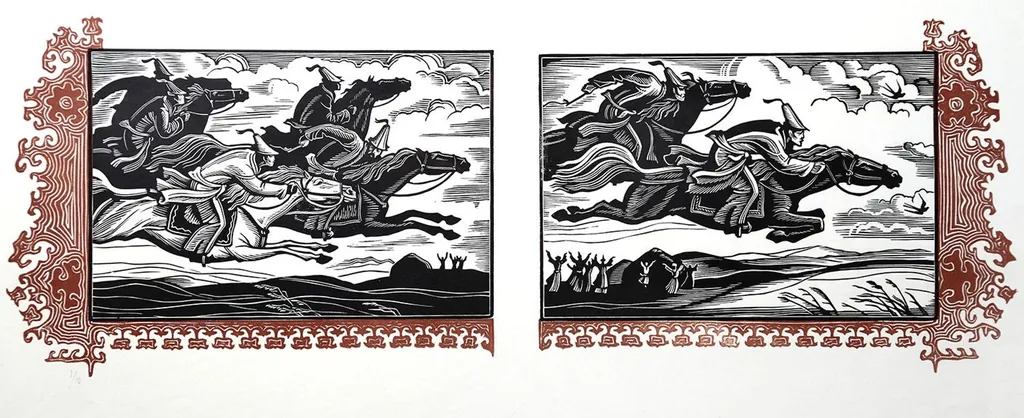
The epic "Manas" is not just a cycle of military legends, but a true encyclopedia of Kyrgyz life. The grand narrative reflects all aspects of the people’s life in past centuries: the daily life and economy of nomads, customs and traditions, ethnic composition and relations with neighboring peoples, worldview, religious beliefs, and even knowledge in medicine and philosophy. Generation after generation, adding new details, the people collectively created a multi-layered epic that absorbed almost all poetic genres and techniques of Kyrgyz oral creativity. It is no coincidence that traveler and scholar Chokan Valikhanov noted that "Manas" can be regarded as a true encyclopedia of the Kyrgyz people, while academician V.V. Radlov placed the Kyrgyz epic alongside the legendary "Iliad" in terms of artistry. The main idea of the epic is the struggle of the Kyrgyz people for independence, the unification of scattered tribes into one people, and the establishment of peace in their homeland. This patriotic motif runs through all three parts of the epic: Manas unites the people in the face of external threat, Semetey fights not only external enemies but also internal strife, and Seytek completes the work of his ancestors, reviving the unity of the state.
A unique tradition deserving special attention is that of the epic performers - manaschi. Until the early 20th century, the epic "Manas" existed only in oral form. Folk storytellers, manaschi, memorized the colossal volume of the text and would recite the feats of Manas for hours or even days, inspired, accompanied by the komuz. Each manaschi brought something of their own into the performance - new details, stylistic shades, improvisations - yet the storyline always remained unchanged. This oral tradition was carefully passed down for centuries, which is why many versions of the epic survive to this day. As of now, scholars have recorded at least 35 versions of "Manas," passed down from different famous storytellers (among them the most renowned are manaschi Sagymbai Orozbakov and Sayakbay Karalaev). The complete version of the epic by Sayakbay Karalaev comprised a record 500,553 verses, and recording his performance took 6 years. Thus, "Manas" is recognized as the longest epic poem in the world, officially confirmed in the Guinness World Records. Despite its impressive size, the most significant fragments of the epic have been translated into many languages. The first translation of excerpts of "Manas" into Russian was made in the 1940s by Soviet poet Lev Penkovsky. In modern times, complete editions of the epic have also been published: for example, in 2020, in Bishkek, an artistic translation into Russian of the version of the epic recorded from manaschi Jusup Mamai was published. Serious scholarly work is carried out with the epic (a whole field of "manas studies"), critical texts and research are published. Thus, centuries later, "Manas" remains a living monument of culture - both in the people’s memory and in academic circles.
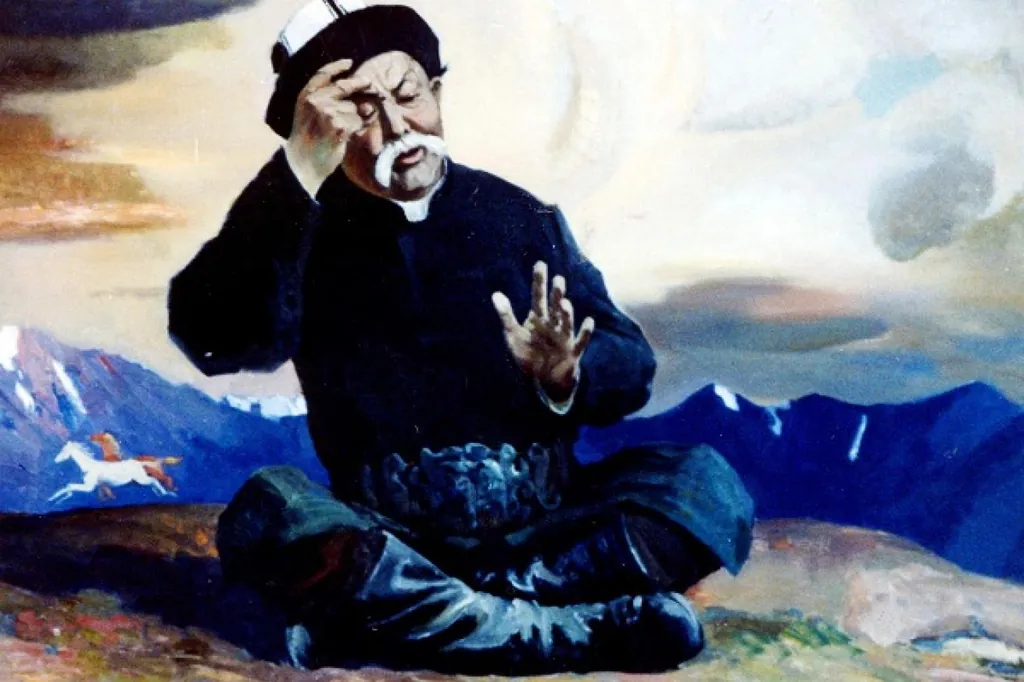
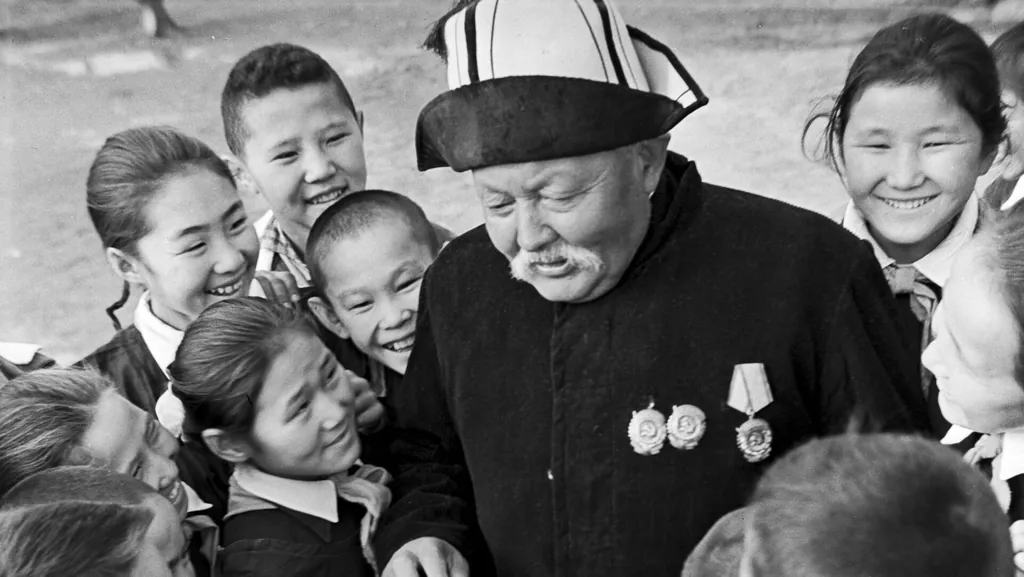
The epic "Manas" is inseparable from the geography of Kyrgyzstan. Many real toponyms are mentioned in the tale - from Altai to Tian Shan, from Bukhara to Talas. A special place in the epic is occupied by the Talas Valley in northwestern Kyrgyzstan - it was there that Manas placed his headquarters after returning the people to their homeland. Today, in this valley, stands the memorial complex "Manas Ordo," dedicated to the national hero. The central object of the complex is the Manas Gumbez - a medieval mausoleum of the 14th century, where, according to legend, Manas rests. Scholars established that the mausoleum was built around 1334 and in fact belonged to a noblewoman named Kanyshai (the inscription on the façade states that "Kenizek-khatun" is buried here). However, popular tradition long ago attributed this tomb to Manas - according to legend, his faithful wife Kanykei herself built the mausoleum on Manas’s grave and left a false inscription to protect his burial from robbers. Around the mausoleum stretches a park with symbolic sculptures: in the center rises a stele with a statue of Manas, and nearby are stone figures, which popular imagination identifies with the forty brave batyrs - Manas’s legendary companions. The epic museum also operates here, where one can learn details about the heroes and plot, see dioramas of famous scenes, and get acquainted with portraits of the most famous manaschi storytellers. The "Manas Ordo" complex has become a kind of spiritual mecca for the Kyrgyz people - both locals and tourists flock here, wishing to touch the great epic history.
The memory of Manas is carefully preserved throughout Kyrgyzstan. In the capital, Bishkek, several monumental sculptures of Manas have been erected - for example, the equestrian monument in front of the Philharmonic building and the statue on the central Ala-Too Square. Major national landmarks bear Manas’s name: the main international airport in Bishkek is called "Manas," as is one of the major streets of the capital. The highest state award of the Kyrgyz Republic is the "Manas" order - awarded for outstanding service to the state. In Bishkek operates the Kyrgyz-Turkish "Manas" University, and in Talas region there is an entire administrative Manas district. The image of the epic hero has also found reflection in art: the opera "Manas" (composer A. Maldybaev) was created, films and cartoons are produced, and children’s retellings are published. One can say that the name of Manas surrounds every guest of Kyrgyzstan everywhere - from the names of landmarks to symbols on banknotes. For example, the portrait of the famous manaschi Sayakbay Karalaev adorns the 500 som banknote, and the horsemen of Manas are depicted on national bas-reliefs and emblems.
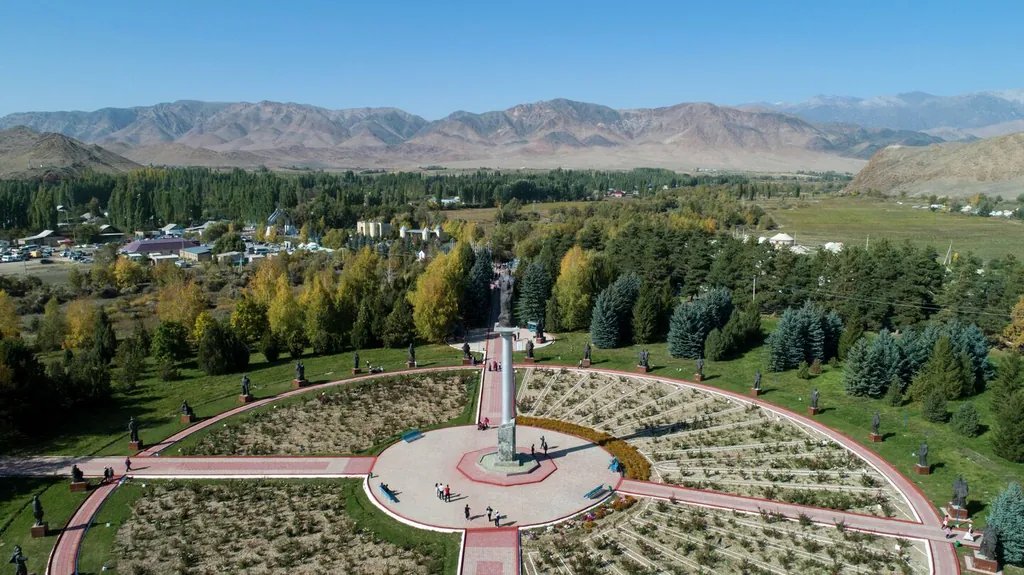
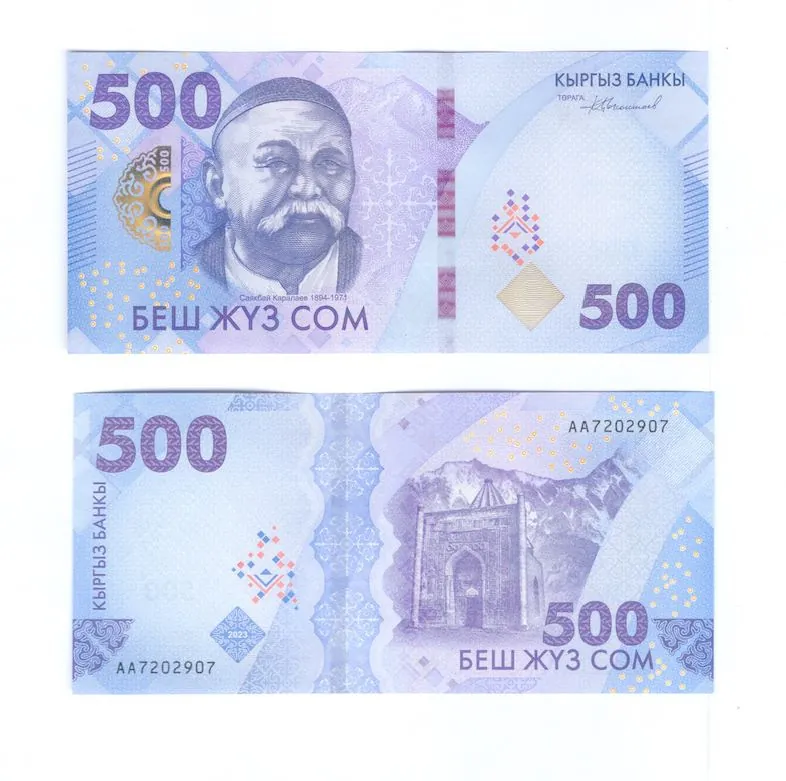
The epic "Manas" remains the heart of Kyrgyz culture to this day. Its narratives are heard at festivals and competitions, lines of the epic are taught in schools, and manaschi continue to pass on their mastery to younger generations. For tourists, acquaintance with the epic is the key to understanding the soul of Kyrgyzstan. The stories of Manas are not only captivating legends about heroes and battles but also eternal values of the people: unity, courage, loyalty, and love for the homeland. It is no coincidence that at the end of the epic, Manas’s testament declares: "Migrate to Manas, for he holds my main covenant… Gather infidels and Muslims; among them, hold a great feast…" - thus, the great batyr calls on his descendants to live in peace, unity, and prosperity. The epic "Manas" has survived centuries and continues to inspire the Kyrgyz people, remaining a living symbol of their history and spirit.
Visit two pearls of Kyrgyzstan in 1 day on a car tour
Visit the Valley of the Seven Bulls, see Issyk-Kul and relax in the thermal springs
In two days, we'll ascend to 3500-meter peaks, sit by the campfire in the heart of the Tien Shan range by Lake Son-Kul, and have an amazing time
This route combines the picturesque mountain canyons of Kok-Moinok, Lake Issyk-Kul, the taste of national cuisine and a trip along one of the most beautiful roads in the country – the Boom Gorge.
Experience all the beauty of Kyrgyzstan's nature behind the wheel of a comfortable and daring BMW F650GS tour enduro. These impressions are worth any money and will never be forgotten.
Forgotten Rivers and Mountain Peaks: A Journey Along the Southern Shore of Issyk-Kul is a three-day tour that immerses you in the unique natural beauty of Kyrgyzstan.